10 Fun Facts About Hippos That Prove They’re Surprisingly Dangerous
Hippos, or hippopotamuses, are often perceived as the gentle giants of Africa's rivers and lakes, lounging in the water with only their eyes and nostrils visible. However, beneath their seemingly placid exterior lies a complex and often misunderstood creature. This introduction sets the stage for an expedition into the world of hippos, revealing their surprisingly perilous nature through 10 astonishing truths. As we embark on this journey, we will explore the biology, behavior, and ecological impact of these massive mammals, uncovering their role as one of Africa's most dangerous animals. By the end of this exploration, you will have a newfound respect and understanding of the hippopotamus, a creature that demands both awe and caution.
1. The Anatomy of a Giant: Hippo Physiology
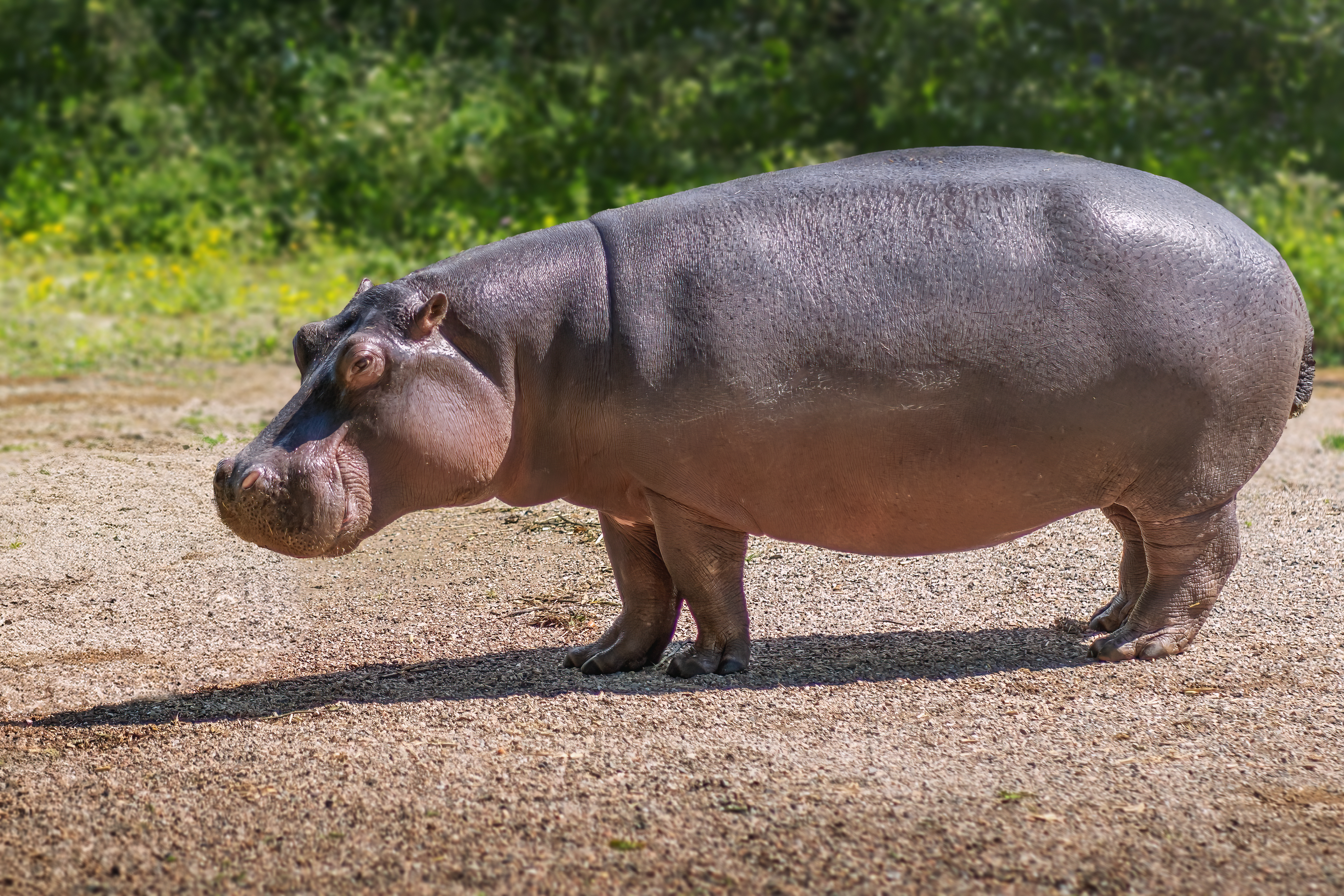
The hippopotamus is a marvel of evolutionary design, perfectly adapted to its semi-aquatic lifestyle. Weighing between 1,500 to 4,000 pounds, these creatures are among the largest land mammals, second only to elephants and certain species of rhinoceros. Their barrel-shaped bodies are supported by short, stocky legs, allowing them to move with surprising agility both in water and on land. Hippos have a unique skeletal structure that supports their immense weight, and their skin secretes a natural sunscreen, protecting them from the harsh African sun. Their formidable jaws can open up to 150 degrees, armed with tusk-like canines that can grow up to 20 inches long. These physical attributes make hippos fascinating and formidable adversaries in the wild.
2. Territorial Titans: Understanding Hippo Behavior
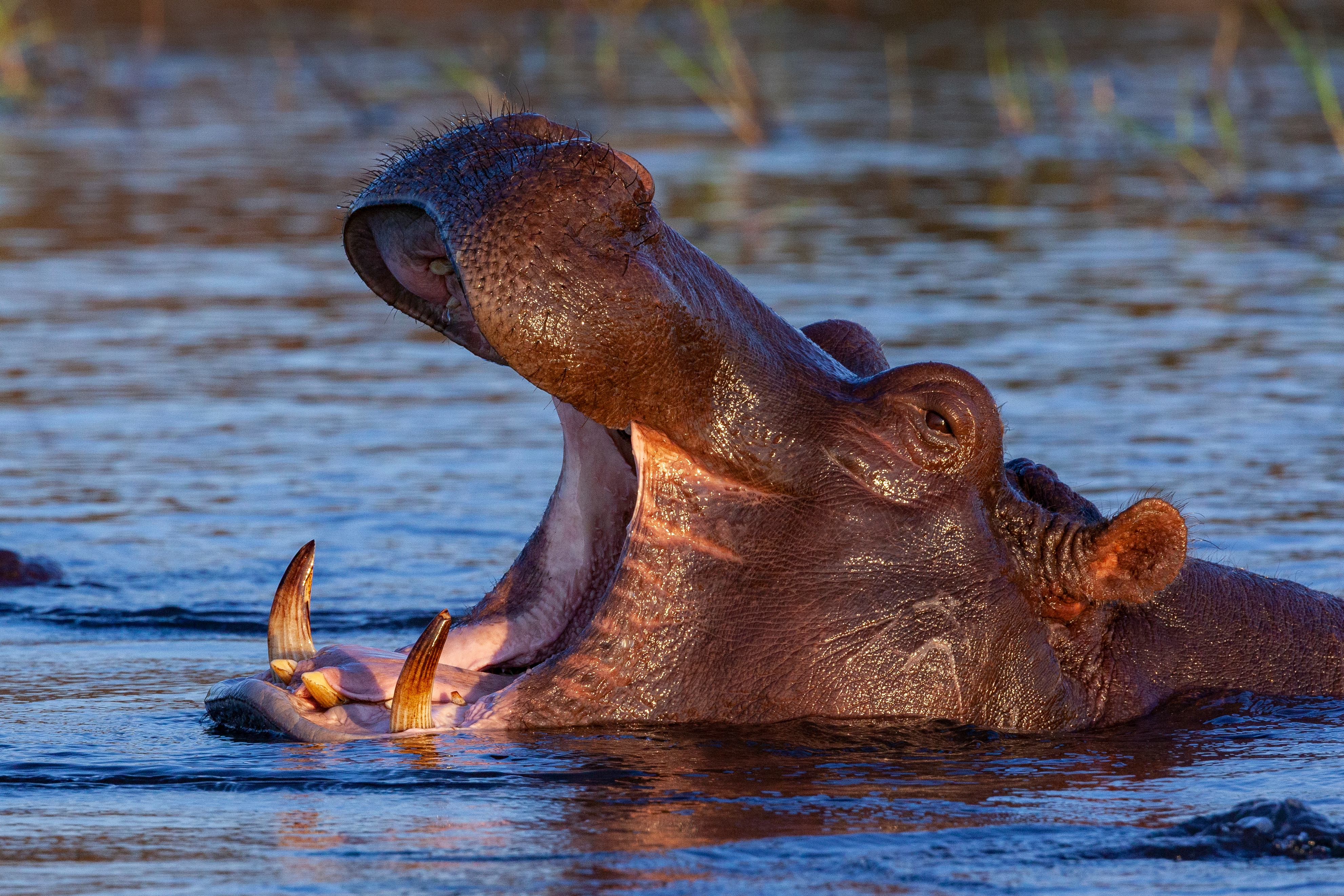
Hippos are fiercely territorial animals, particularly in the water, where they spend most of their time. Males, known as bulls, establish dominance over stretches of river or lake, defending their territory with aggressive displays and vocalizations. These territories can span several hundred meters and are fiercely guarded from intruders. Despite their social nature, hippos are known to engage in violent confrontations, especially during the mating season or when resources are scarce. Their territorial behavior is not limited to other hippos; they are known to attack boats and humans who venture too close to their domain. This aggressive nature is key to their reputation as one of Africa's most dangerous animals.
3. The Hippo's Double Life: Land and Water
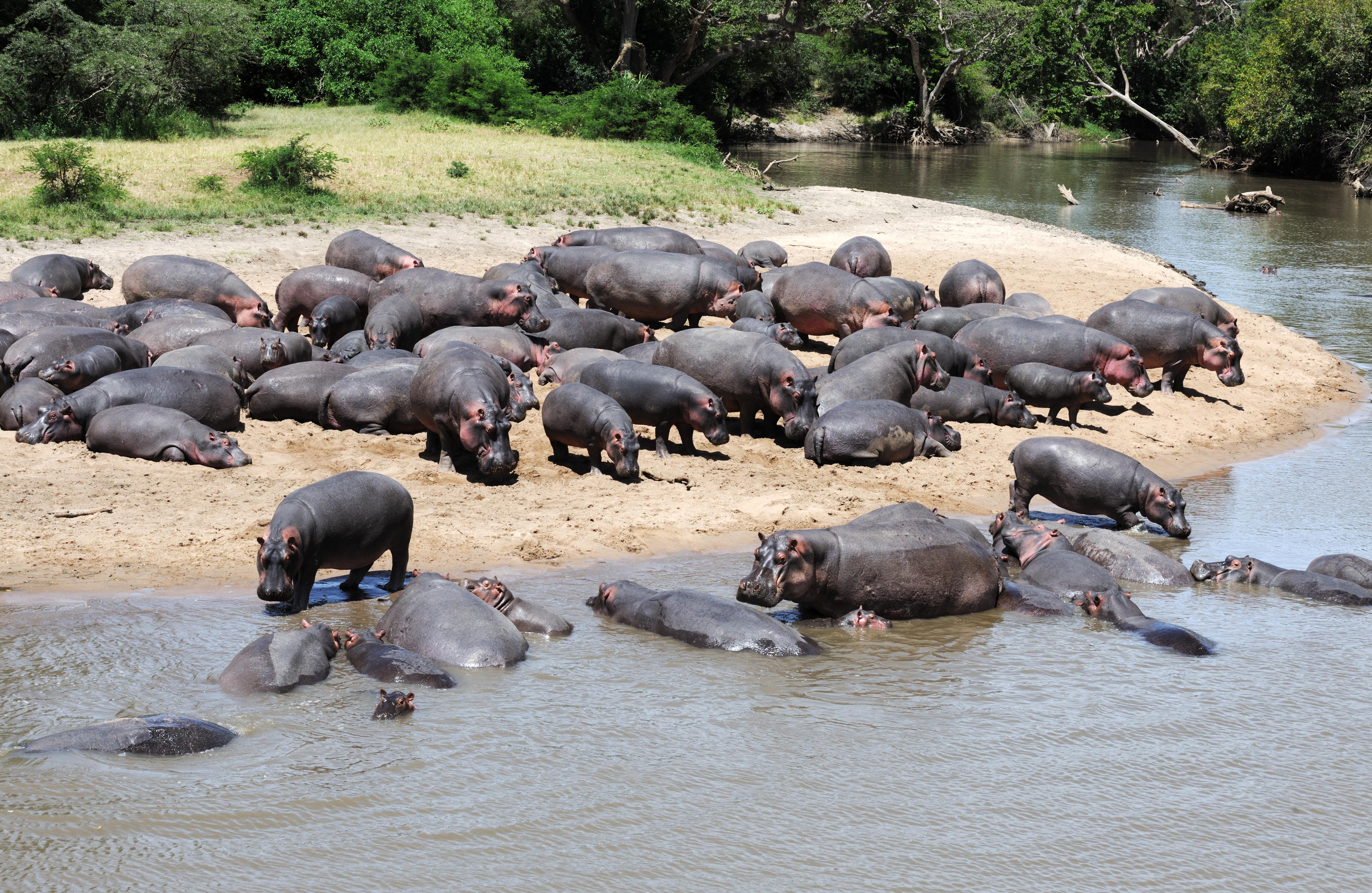
Hippos lead a dual existence, spending their days submerged in water to keep calm and their nights grazing on land. This dual lifestyle requires a unique set of adaptations. In water, hippos are buoyant and agile, able to hold their breath for up to five minutes. Their eyes, ears, and nostrils are positioned on their heads, allowing them to see, hear, and breathe while mostly submerged. On land, hippos can travel several miles each night for food, consuming up to 80 pounds of grass. This nocturnal foraging is essential for their survival, providing the calories needed to sustain their massive bodies. The ability to thrive in both environments is a testament to the hippo's adaptability and resilience.
4. The Hippo's Diet: Grazing Giants
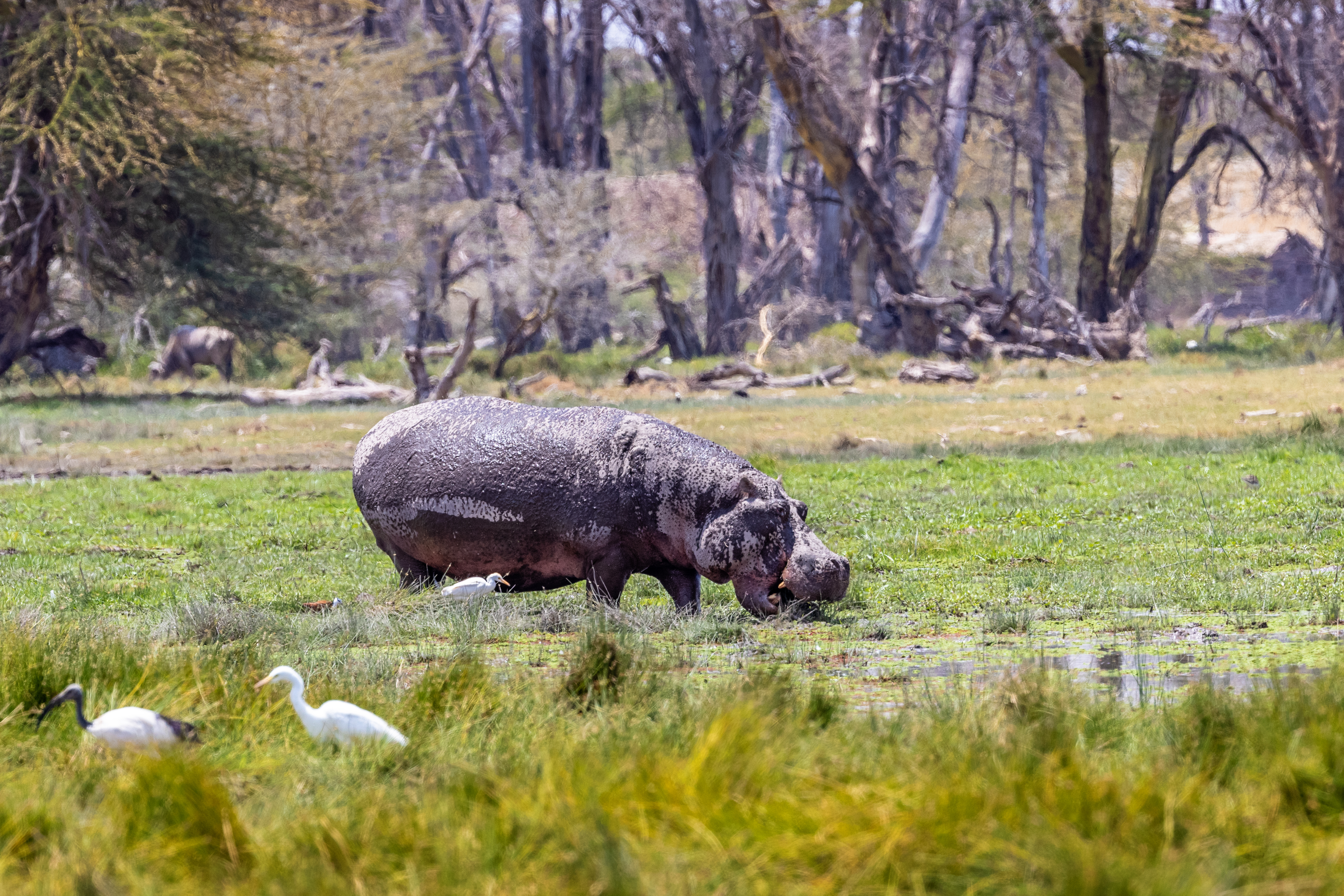
Hippos are primarily herbivores, with a diet consisting mainly of grasses. However, their feeding habits are not as straightforward as they may seem. Despite their size, hippos have a relatively low metabolic rate, allowing them to survive on less food than expected. Their digestive system is highly efficient, with a multi-chambered stomach that ferments plant material, extracting maximum nutrients. While they primarily graze on land, hippos have been observed eating aquatic plants and, in rare cases, carrion. This opportunistic feeding behavior highlights their adaptability and survival ability in various environments. Understanding the hippo's diet is crucial in appreciating their role in the ecosystem and their impact on the landscapes they inhabit.
5. Hippo Communication: The Language of Grunts and Roars
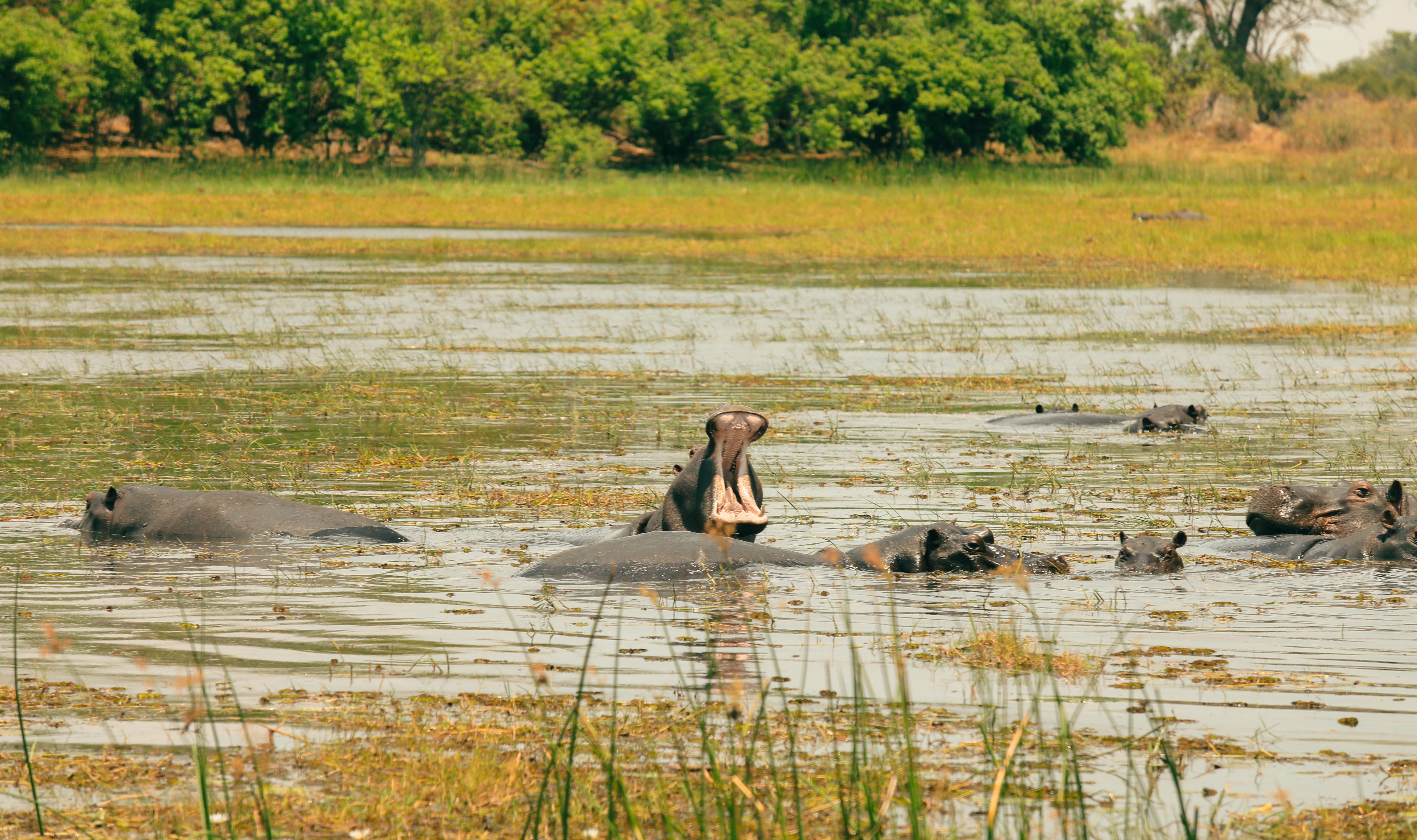
Communication is vital for social animals like hippos, and they have developed a complex system of vocalizations and body language to interact with each other. Hippos are known for their distinctive grunts, growls, and roars, which can be heard over long distances. These sounds serve multiple purposes, from establishing dominance and warning off rivals to coordinating group movements and maintaining social bonds. Hippos also communicate through body language, using gestures such as yawning, head shaking, and tail wagging to convey messages. This sophisticated communication system is essential for maintaining the social structure of hippo pods, which can consist of up to 30 individuals.
6. The Role of Hippos in the Ecosystem
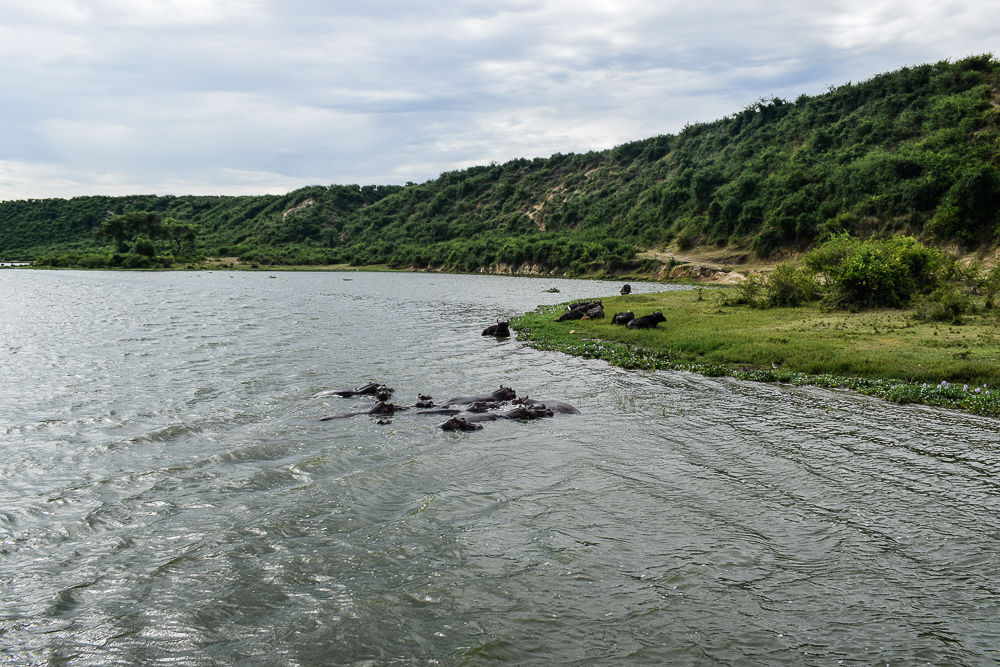
Hippos play a crucial role in their ecosystems, influencing aquatic and terrestrial environments. Their grazing habits help maintain the balance of grasslands, preventing overgrowth and promoting biodiversity. Their movements stir up sediments in water, releasing nutrients that support aquatic life. Hippos also create pathways through vegetation, which are used by other animals. Their dung provides essential nutrients for fish and other aquatic organisms, contributing to the ecosystem's overall health. However, their impact is not always positive; othe verpopulation of hippos can lead to habitat degradation and conflicts with human populations. Understanding the ecological role of hippos is essential for conservation efforts and managing human-wildlife interactions.
7. Hippos and Humans: A Complex Relationship
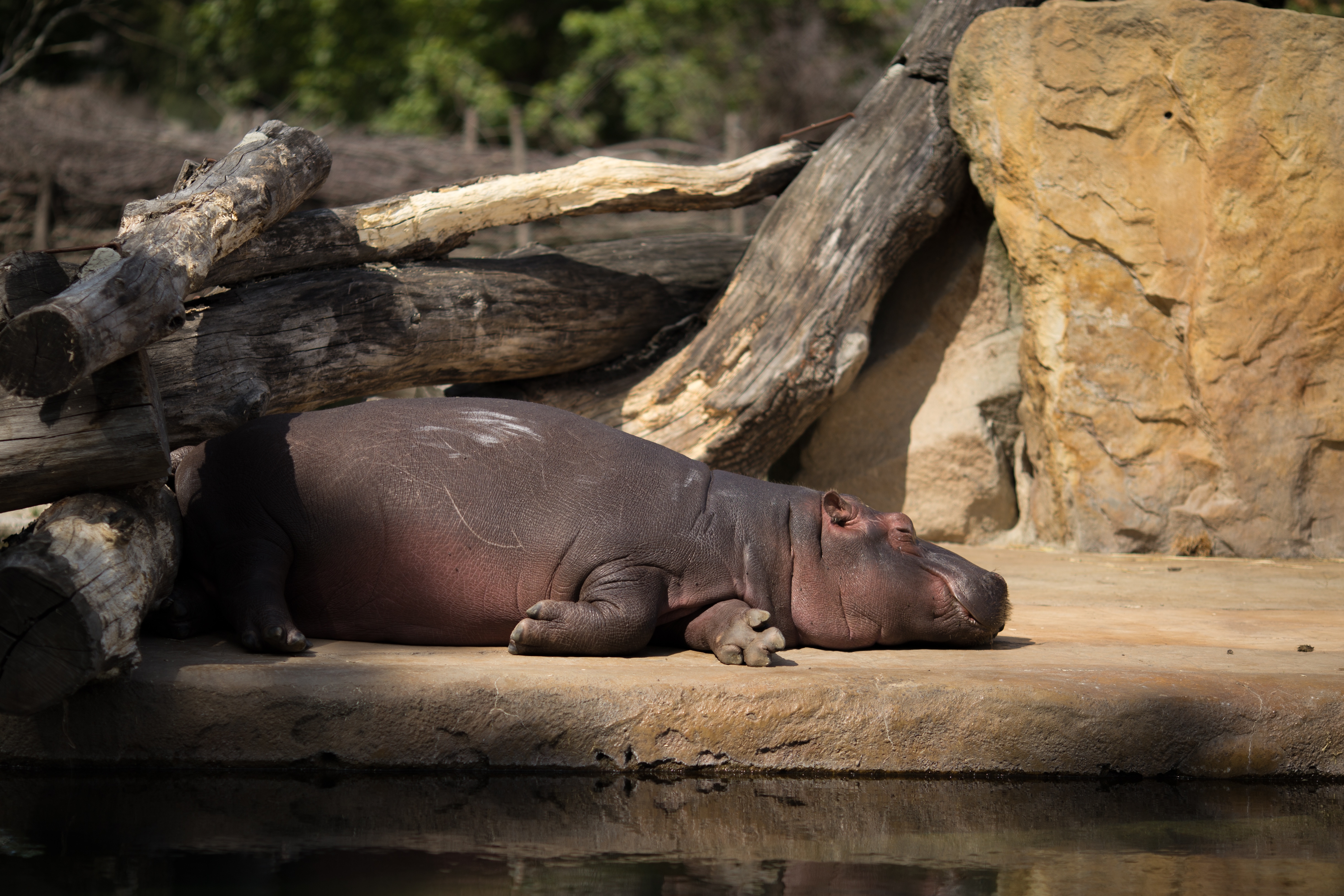
The relationship between hippos and humans is complex and often fraught with conflict. Hippos are considered one of the most dangerous animals in Africa, responsible for more human fatalities than lions or crocodiles. Their aggressive nature and territorial behavior make them a significant threat to communities living near water bodies. Despite this, hippos hold cultural significance in many African societies, symbolizing strength and fertility. Conservation efforts aim to balance the needs of human populations with the protection of hippos, focusing on habitat preservation and conflict mitigation. Understanding the dynamics of this relationship is crucial for ensuring the coexistence of hippos and humans in the future.
8. Conservation Challenges: Protecting the Hippo
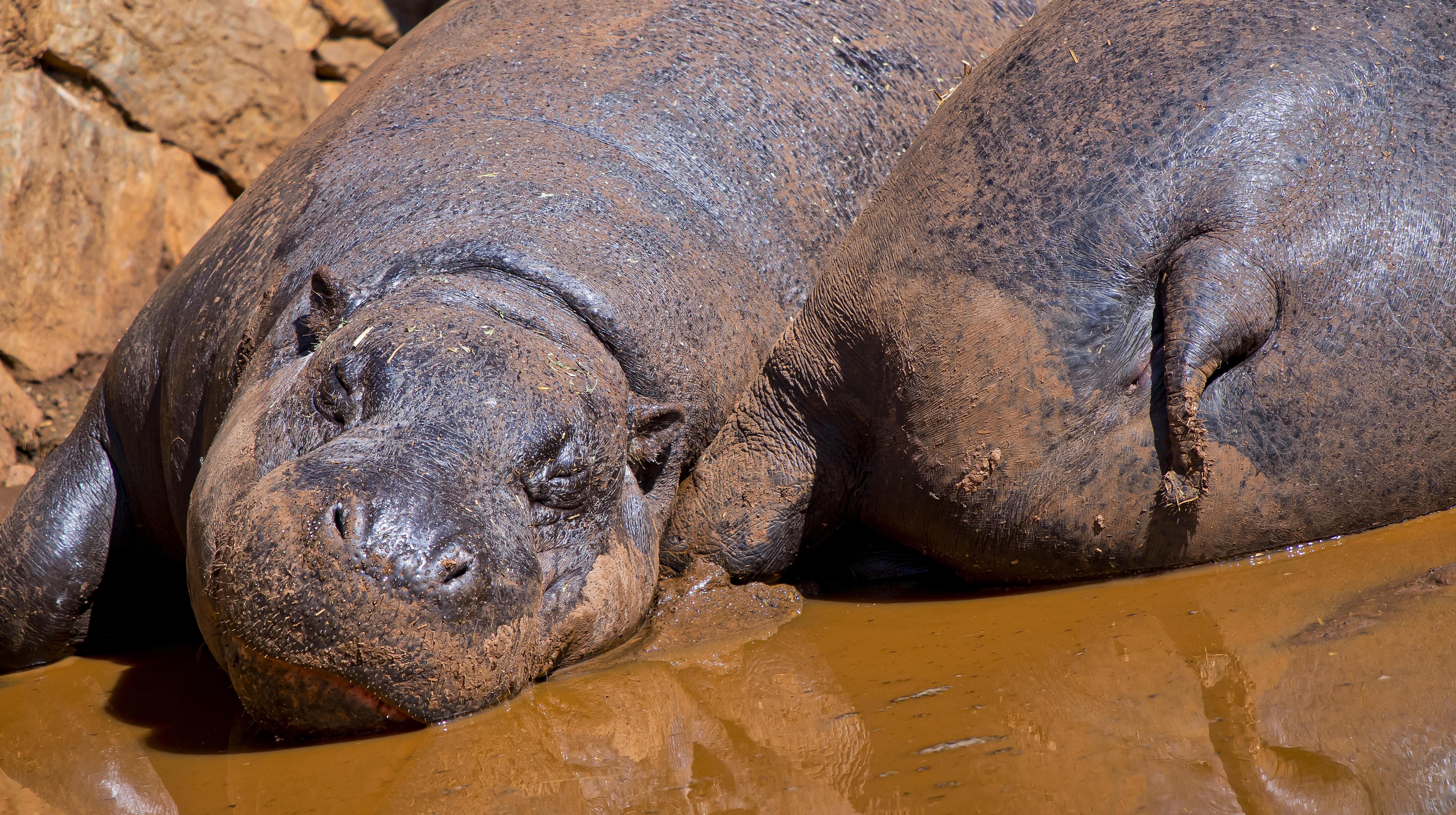
Conservation of hippos is fraught with challenges, primarily due to habitat loss and human-wildlife conflict. As human populations expand, hippo habitats are increasingly encroached upon, leading to declining numbers. Poaching for meat and ivory-like canines poses an additional threat. Conservationists are working to protect hippo habitats by establishing protected areas and community-based conservation initiatives. These efforts aim to ensure the survival of hippo populations while promoting sustainable development for local communities. Addressing the challenges of hippo conservation requires a multifaceted approach involving governments, NGOs, and local communities working together to safeguard these iconic animals.
9. Hippos in Popular Culture: From Folklore to Film
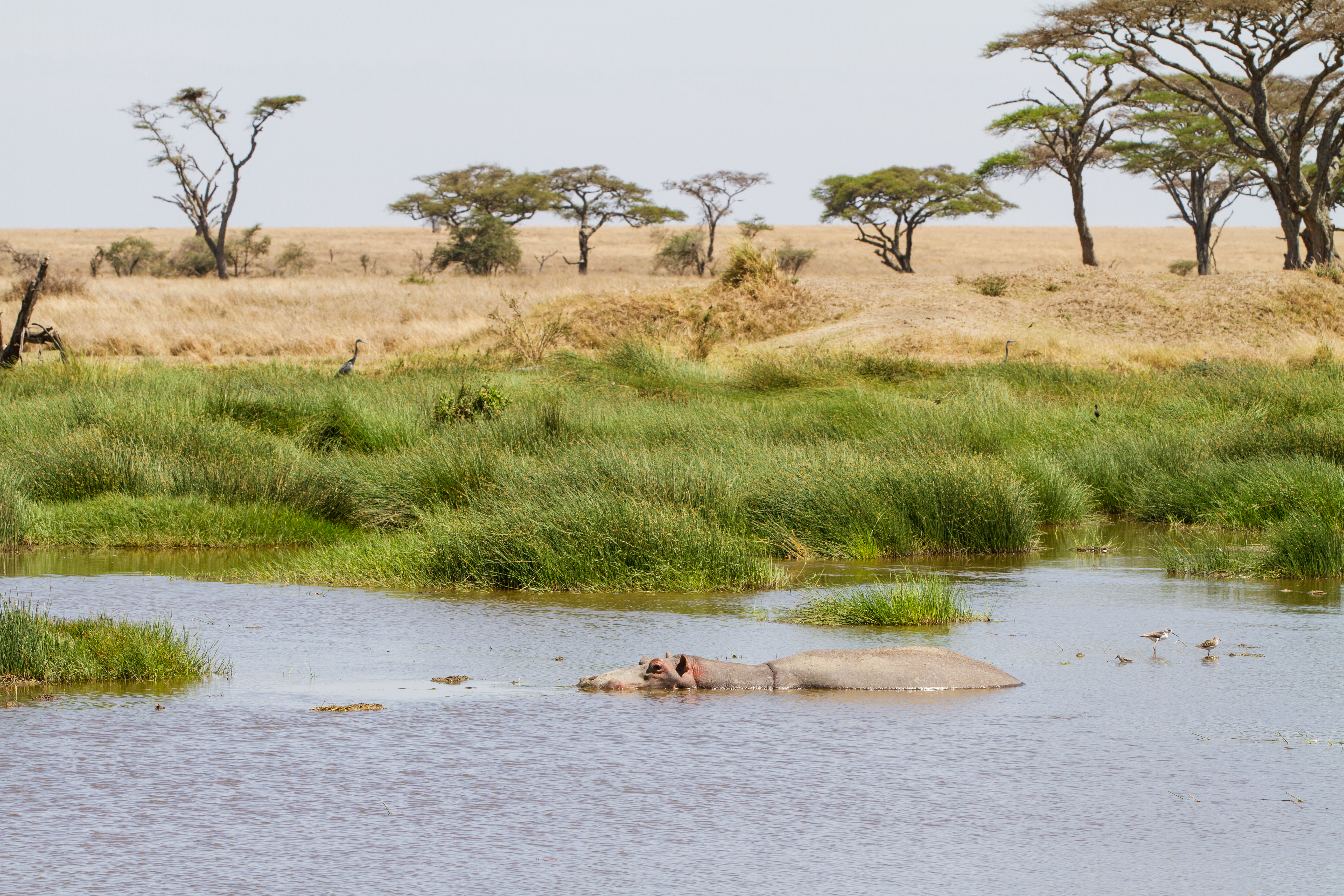
Hippos have captured the human imagination for centuries, appearing in folklore, literature, and popular culture. In African mythology, hippos are often depicted as powerful and revered creatures, embodying the duality of strength and danger. In modern times, hippos have been featured in films, cartoons, and advertisements, often portrayed as comical or endearing characters. This portrayal contrasts with their true nature, highlighting the gap between perception and reality. Understanding the cultural significance of hippos can provide insights into human attitudes towards these animals and inform conservation efforts by fostering appreciation and respect for their role in the natural world.
10. The Future of Hippos: Adapting to a Changing World
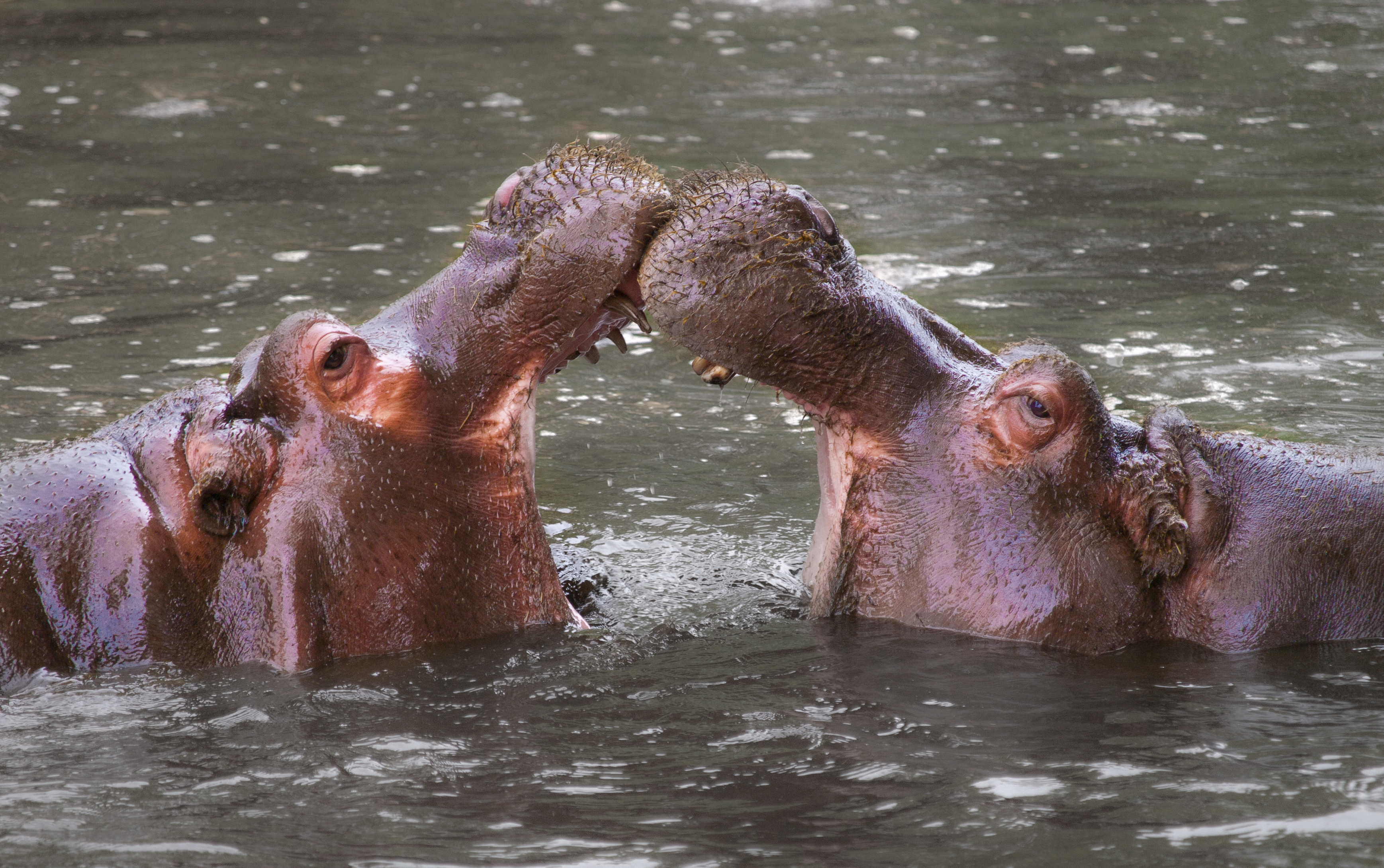
The future of hippos is uncertain, as they face numerous challenges in a rapidly changing world. Climate change, habitat destruction, and human-wildlife conflict threaten their survival. However, hippos have demonstrated remarkable adaptability throughout their evolutionary history, suggesting they may be able to cope with some of these changes. Conservation efforts ensure their continued existence, focusing on habitat protection, conflict mitigation, and raising awareness of their ecological importance. By understanding the challenges and opportunities facing hippos, we can work towards a future where these magnificent creatures continue to thrive in the wild.
Our journey into the world of hippos has revealed an awe-inspiring and formidable creature. From their unique physiology and behavior to their complex relationships with humans and the environment, hippos are a testament to the wonders of the natural world. By understanding the intricacies of their lives and challenges, we can appreciate the importance of conserving these iconic animals. As we conclude this exploration, it is clear that hippos are more than just gentle giants; they are a vital part of the ecosystems they inhabit and deserve our respect and protection.







